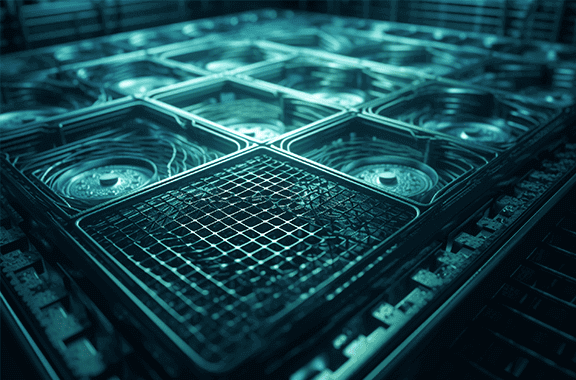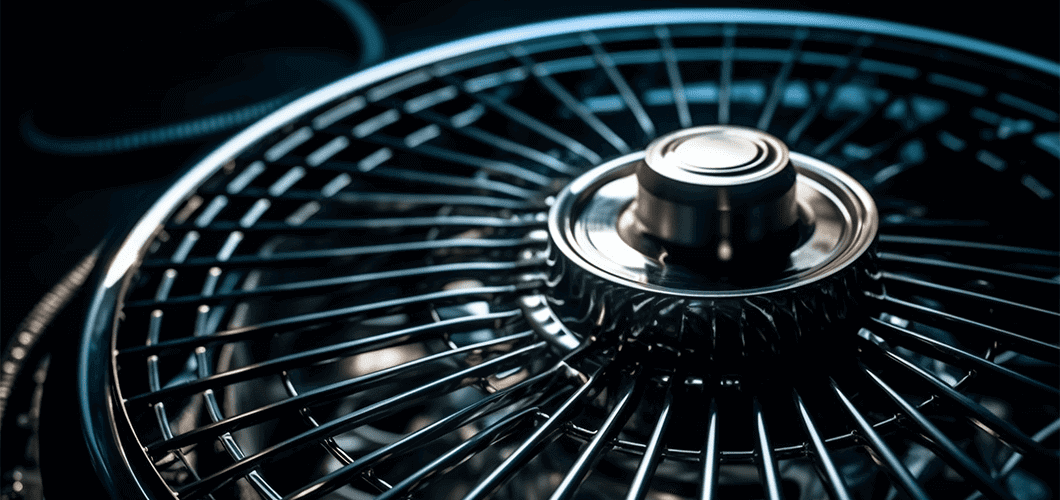Release time: July 21, 2023
Views: 861

The working process of a thermoelectric cooler is not an ordinary process of absorbing heat or dissipating heat. When a thermoelectric cooler is powered on, one side of it becomes cold and the other side heats up. We can think of a thermoelectric cooler as a pump whose medium is heat. The heat is transported from one side to the other, that is, the heat from the cooled side will be transferred to the other side—the hot side. The transfer process is completely in line with the thermodynamic process. Since the cooling capacity of the thermoelectric cooler decreases with the increase of the temperature difference between the hot and cold surfaces, the hot end of the thermoelectric cooler must be connected to a suitable radiator in order to release the heat transferred from the cold end and Joule heat generated during device operation.
According to different application conditions, thermoelectric coolers need to have different types of heat sinks to match them, and there will also be different mechanical constraints, which makes the entire design process very complicated. Since every application is different, it is difficult to recommend a single heat sink construction that will meet most conditions.
On the market, there are many kinds of radiators to choose from, including natural convection, forced convection, and liquid cooling. Natural convection heat sinks can be used in very low power applications, especially when small thermoelectric coolers operate below 2 A. For most application conditions, natural convection radiators cannot meet the requirements of dissipating all the required heat. In this case, forced convection radiators or liquid-cooled radiators are required.

1. Natural convection radiator:
Natural convection radiators can generally only be used under low power conditions. The thermal resistance of most natural convection heat sinks is greater than 0.5 °C/W, and in most cases it can reach 10 °C/W. The installation position of the natural convection radiator must meet two conditions: a. The length direction of the heat sink should be along the direction of air flow, and the operation in the vertical direction can enhance natural convection; b. There should be no obvious physical barriers to hinder air flow . In addition, we also need to consider that other devices around the radiator will generate heat, and the ambient temperature will increase, which will affect the overall performance.
2. Forced convection radiator:
The forced convection heat dissipation method is the most common heat dissipation method in thermoelectric coolers. The thermal resistance of a qualified forced convection cooling system is generally maintained in the range of 0.02~0.5 ℃/W. Many standard radiator extrusions can be used as the basis for a complete cooling system when paired with a suitable fan. In applications, cooling air can be obtained either by a fan or blower, by passing air along the length of the heat sink, or by blowing air in towards the center of the heat sink so that it exits at both ends of the opening.
3. Liquid cooling radiator:
Compared with the previous two radiators, the liquid cooling radiator with the same volume can provide the best performance, and by optimizing the design, a very low thermal resistance value can be obtained. The thermal resistance of a typical liquid-cooled heat sink can usually be as low as 0.01~0.1 ℃/W. Simple liquid cooling radiators can be obtained by soldering a copper turbine to a copper plate, or by drilling holes in a metal block to allow water to pass through. If you want a more complex structure, that is, higher performance, you can process a fine spiral water tank on a copper or aluminum block, and then use a cover to close the entire system.
Looking for more
information?

0755 23405284
Email: sale02@hj-tc.com
Add: 3/F No.5 Building,Yesun Pingshan Life and Health Technology Park, No. 19 Linhui Road,Pingshan District, Shenzhen, Guangdong,CN.
©2019- 2024 Huajing Co.,Ltd.Copyright